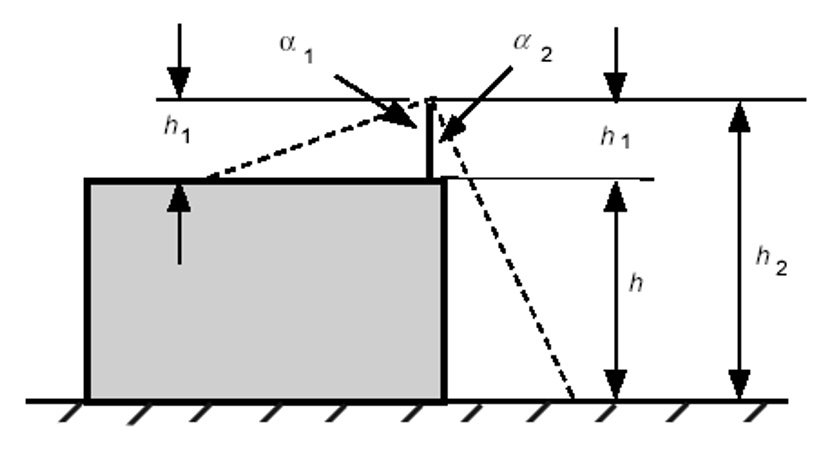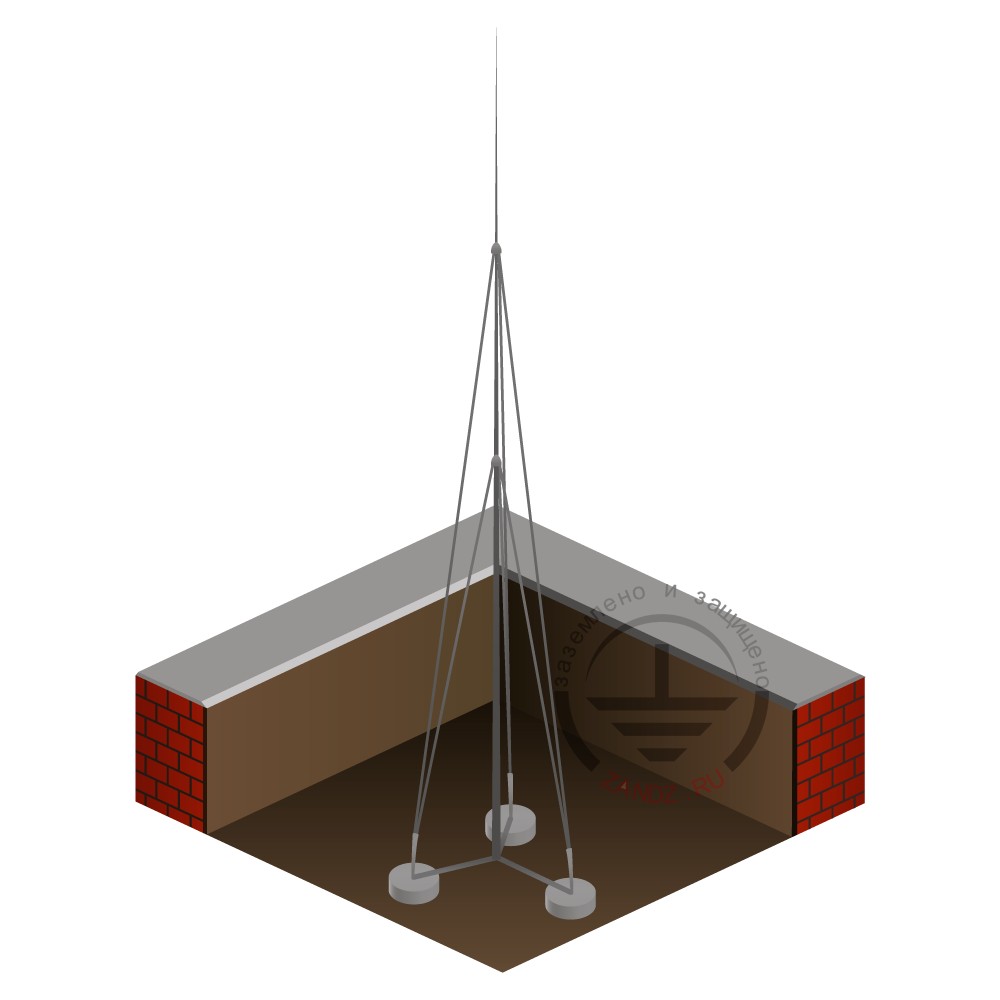
Height is a main parameter of the lightning arrester. It determines its protection efficiency. Therefore, lightning arrester protection zones are generated depending on its height. It is easy to determine the lightning arrester's height when it is installed on the ground. But often, lightning arresters are installed on the building's roof. Then, the problems begin. Where is a reference point: on the ground or on the roof? The picture has been taken from IEC 62305.
Uncertainty is obvious. When calculating the protection zone on the roof, the height is taken from the roof, and if a facility is located on the ground, you should start calculations from the ground. To make things clear, authors of the standard placed lightning arrester near the roof edge. It seems to be more clear. What if you move for one meter, 5 meters, 20 meters? The picture will not be as convincing as it is now. Two different heights for one existing structure is not easy to imagine. The lightning arrester attracts lightnings. It is not obvious where they are going: to the roof facilities or to the ground ones. All of them should be caught with the same lightning arrester. And the height issues essential for real-world practice. Modern buildings have roofs with dimensions of many meters. Lightning arresters are installed in various locations, not necessarily near the edge. What height should we then use?
Read more details in the article by Prof. E. M. Bazelyan Lightning Arrester on the Roof. How to Measure Its Height?.
Related Articles:



.jpg)

